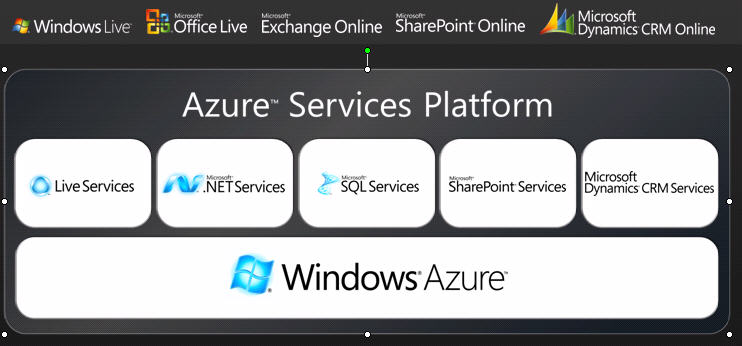Microsoft to cut Live Framework and Services from its Azure cloud platform

When Microsoft showed off its comprehensive Azure cloud "layer cake" diagram back at the Professional Developers Conference (PDC) in 2008, to me, it had somewhat of a slapped-together feeling.
Up until last fall, Microsoft was building two "cloud" developer platforms in parallel that were meant to provide programmers with a consistent set of programming interfaces and services: The Azure services platform and the Live Framework platform. At the PDC Microsoft officials made a case for a unified cloud platform, with Live Framework/Services and Azure's .Net Services happily coexisting.
It now looks like the unified-platform vision didn't hold together once the frosting dried.
Via an August 21 blog post by Corporate Vice President of Live Services David Treadwell, Microsoft officials shared the news that they are shifting gears. Microsoft is rejiggering its Live Framework and Live Services platform, somehow making it part of the Windows Live Wave 4 set of consumer-focused Web services that is expected to go to testers in the coming months. (Microsoft is telling developers it will provide specifics about how it plans to integrate the Live Framework into Windows Live in the coming months.)
Meanwhile, developers who've been using the existing Live Framework/Services infrastructure are going to have to download any data and/or code from the service prior to September 8, the date on which Microsoft is planning to phase out the current Live Framework. Company officials also are telling developers to remove any devices and controls making use of the Framework/Services platform.
Microsoft is telling testers that Live Mesh, its online synchronization and collaboration service, won't be affected by the change -- at least in terms of its availability to testers. Back at PDC, Microsoft officials positioned the Live Services platform as the underpinning for the Live Mesh developer stack... but it seems the two aren't as tightly joined as Microsoft execs may have hinted.)
From the Microsoft-provide Q&A on the Live Framework changes, posted on August 21:
"Q: What is changing in the Live Services developer portal (live.azure.com)? "A: The ability to create Live Framework-enabled web sites and Mesh-enabled web applications will be removed. It will not be possible to edit the settings of Live Framework-enabled web sites and Mesh-enabled web applications and Analytics because these applications won't be available any longer. Live Framework CTP tokens will no longer be valid and can be discarded."
A Microsoft spokesperson sent me the following statement when I asked about the company's long-term commitment to the Live Framework:
"Microsoft is very committed to the Live Framework. Our goal is to integrate this rich technology into one of the largest online offerings from Microsoft, Windows Live. This will enable developers to connect and create compelling solutions across the web and devices for the more than 500M users of Windows Live. Our goal is to give developers a great developer experience going forward with a more consistent programming interface for our services."
I had been thinking Microsoft might roll out the final version of Live Mesh at this year's PDC in November, given that the company is planning to remove the "beta" tag from Azure around that time. But with all these under-the-hood changes, now I'm starting to wonder...
Anyone have any observations, thoughts or guesses about what these latest moves mean for Azure and Windows Live?
